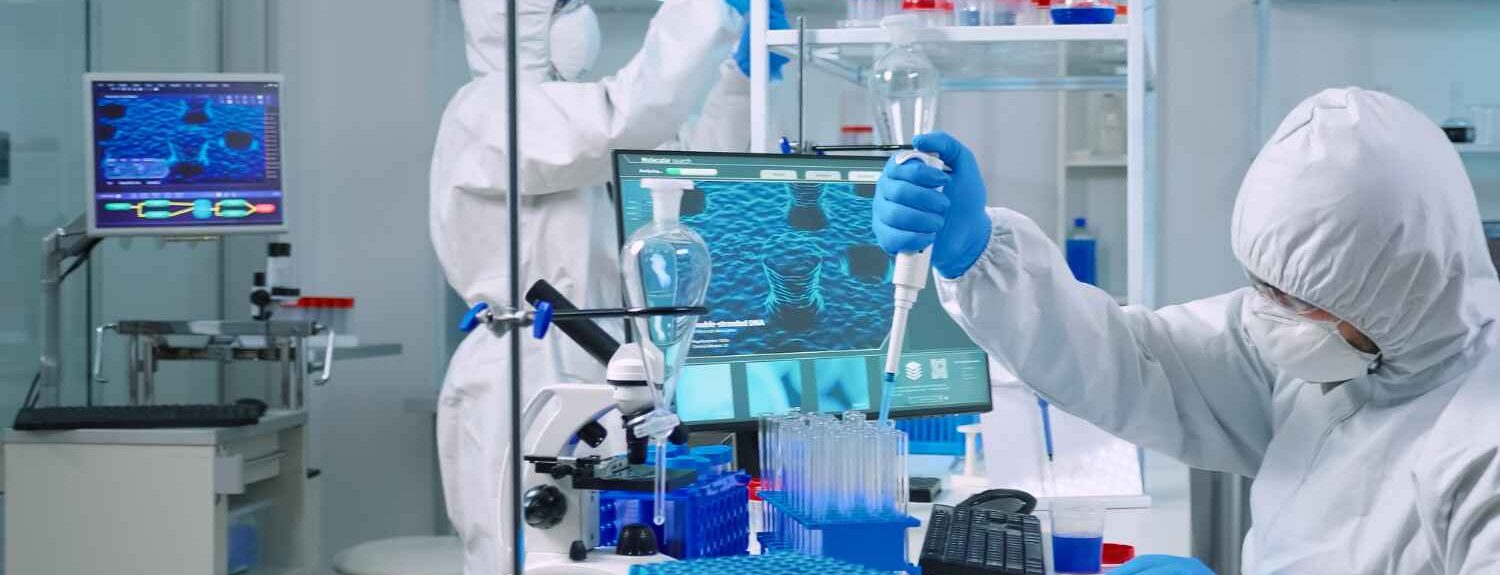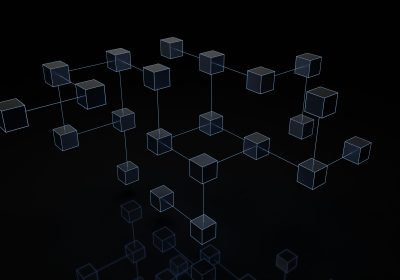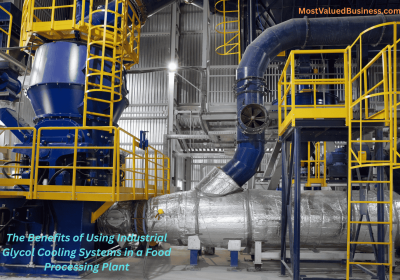Where Particles Hide In Production Environments: Beyond The Obvious Risks
In controlled production environments, whether it be pharmaceutical, food, aerospace, or semiconductor, there’s a constant battle going on behind the scenes between process precision and microscopic invaders. While surfaces might appear spotless and air filtered, the reality is that contaminants often hide in plain sight, building up in ways that can threaten safety, compliance, and the integrity of the final product. Understanding where these particles originate and how they travel is critical to strengthening your contamination control strategies.
Hidden Sources and Dynamic Movement
Most facilities take into account surface cleaning and airborne filtration, but even the most routine cleaning procedures can overlook key particle contributors. For instance, materials used in equipment manufacturing, such as uncoated metals, worn seals, and non-encapsulated cables, can shed particles over time through abrasion or chemical degradation. Additionally, movement itself is a source of contamination. Doors opening and closing, personnel walking between zones, carts rolling across thresholds, all stir up settled dust or release microfibers from garments.
Environmental factors also amplify the problem. Fluctuations in temperature and humidity can trigger condensation on ceilings or ductwork, allowing particles to loosen and fall into clean zones. Even static buildup on plastic containers, tools, or surfaces can attract dust and microscopic debris that are easily transferred during contact. These sources are often invisible during day-to-day operations, but over time, they contribute to a baseline level of contamination that can spike with even small procedural lapses.
While facilities invest heavily in filtration systems, poor airflow design can create eddies or dead zones where particles settle. In these spaces, even advanced filtration has little effect because particles aren’t being moved through the filters in the first place. These airflow anomalies often go unnoticed unless the facility conducts thorough particle mapping or engages in computational airflow modeling.
Strategies for Deep-Level Cleanliness
To move beyond the basics, facilities must integrate more predictive and preventative approaches. Environmental monitoring should go beyond just pass/fail thresholds and look at particle behavior over time. Data trends can reveal recurring patterns like spikes in particle levels after specific shifts or cleaning cycles. This may indicate deeper systemic issues.
Designing for cleanability is another proactive step. Rounded edges, sloped surfaces, and modular components make cleaning more effective by minimizing areas where particles can settle. Likewise, reviewing gowning procedures and garment material composition can reduce the introduction of human-generated particles.
Maintenance teams also play a critical role in cleanliness, often without realizing it. Replacing filters, calibrating pressure differentials, and lubricating machinery can all generate particles if not managed within a controlled process. Coordination between departments helps ensure that good intentions don’t inadvertently compromise cleanroom performance.
Ultimately, true control means treating particle behavior as dynamic rather than static. It’s not enough to clean what you can see; it’s about controlling what you can’t. Proactively designing processes that anticipate these hidden risks helps production teams maintain compliance and protect product integrity without compromising efficiency.
Interested in a clearer picture of these hidden threats? Check out the visual breakdown of particle-prone zones across clean production environments from Technical Safety Services, a provider of microbiology lab services.
Read Also:



